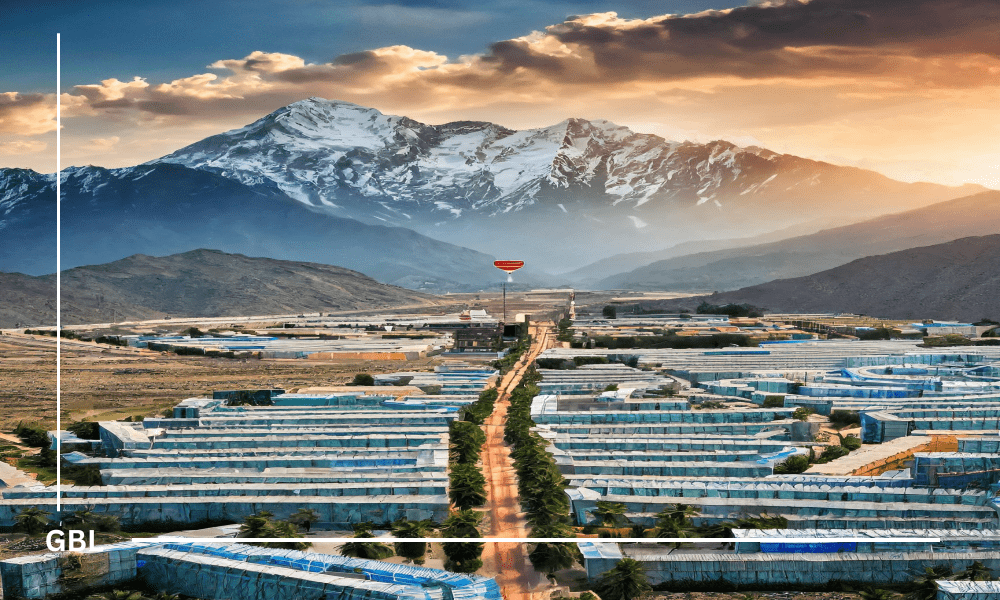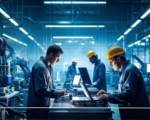In a world where supply chains weave across borders, the manufacturing sector finds itself at the mercy of shifting global trade dynamics. As the fog of uncertainty thickens, businesses are grappling with the implications of changing tariffs and trade policies, navigating a course through uncharted waters.
The recent waves of tariff adjustments have sent ripples through the manufacturing landscape, triggering a delicate dance of adaptation for businesses worldwide. Trade tensions between economic giants have set the stage for a reevaluation of trade agreements, with tariffs emerging as a primary tool in the economic arsenal.
For manufacturers, this translates to a chess game where every move matters. Tariff adjustments can send shockwaves through supply chains, altering the cost structure of raw materials and reshaping the competitive landscape. The impact is not confined to boardrooms; it reverberates through assembly lines, affecting the lives of workers and the communities they call home.
The geopolitical chessboard adds another layer of complexity. As nations flex their economic muscles, manufacturers are left to navigate a maze of uncertainties. The once-stable chess pieces of global trade are in flux, prompting a reassessment of supply chain strategies. Manufacturers are now pondering over the delicate balance between cost-effectiveness and geopolitical risks, with every decision echoing across industries.
Yet, in the face of these challenges, there’s an undercurrent of resilience and innovation. Manufacturers are not merely spectators; they are active players in this high-stakes game. Alternative sourcing strategies are being explored, and supply chains are undergoing a metamorphosis. The goal is not just to weather the storm but to emerge stronger and more adaptable.
The effects of tariff adjustments are not confined to balance sheets. From the bustling factory floors to the quiet communities that rely on manufacturing jobs, the human impact is palpable. Workers face uncertainties about job security, and communities wonder about the resilience of their economic backbone.
In this ever-evolving narrative, collaboration becomes the beacon of hope. Industry leaders, trade associations, and policymakers are joining forces to ensure that the human element is not overlooked in the quest for economic stability. Dialogues are opening, and a collective effort is underway to address concerns, negotiate fair terms, and foster an environment where the human side of manufacturing remains a priority.
As the manufacturing sector navigates these uncharted waters, it’s not just about products and profits. It’s about the people who power the industry, the communities that rely on its stability, and the resilience that will define its future. The story of global trade and tariffs is not just an economic narrative; it’s a human one, where the choices made today will shape the lives of many for years to come.













